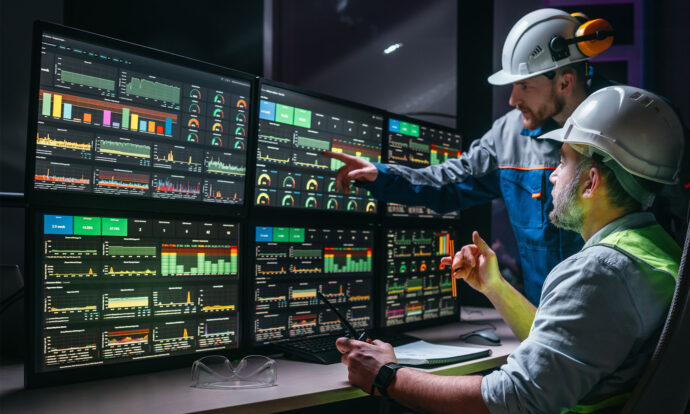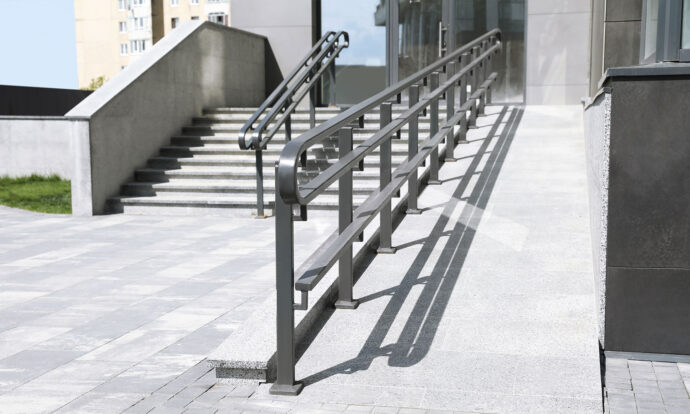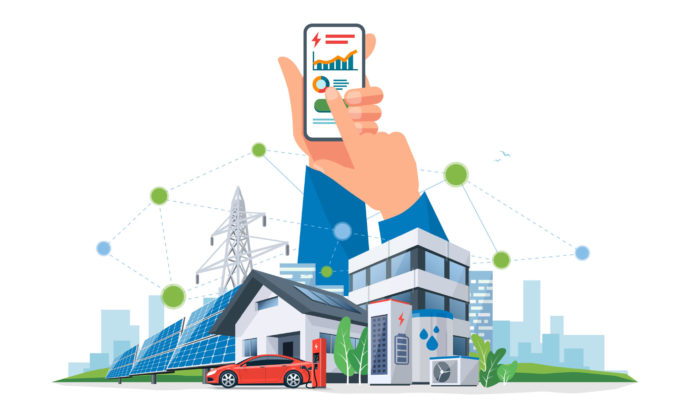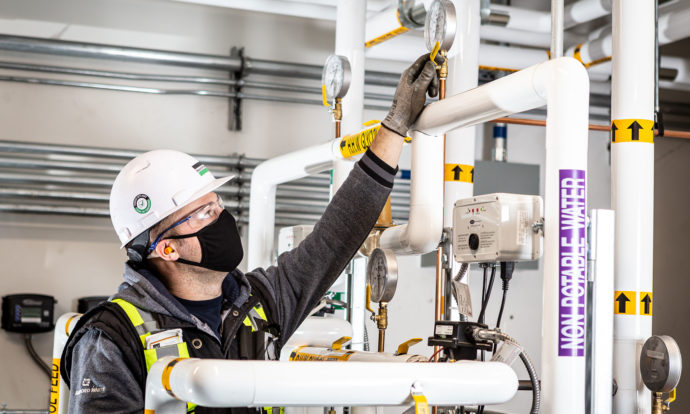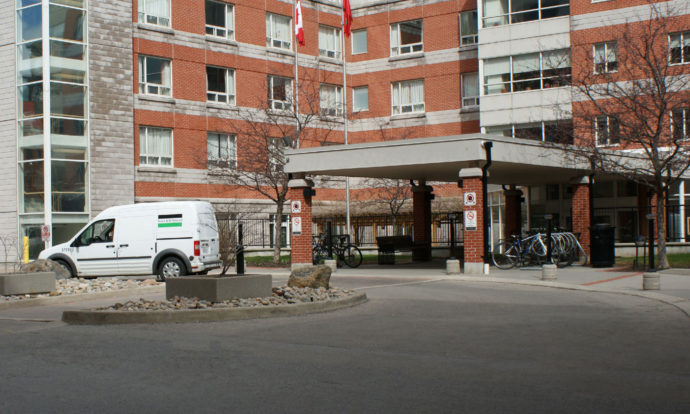Thermography is a method of inspecting electrical and mechanical equipment using specialized infrared cameras. By producing detailed images and temperature profiles of specific pieces of equipment, thermal imaging measures the infrared energy of an object’s surface, alerting facility managers to any potential threats.
Building electrical systems must be routinely scanned to minimize risk. Dusty and dirty conditions can build up debris causing a short circuit condition resulting in a spark or arc, which can ignite and cause a fire.
How the technology works
Today’s imagers are flexible, portable and detail-oriented. Technicians equipped with rotating screens that can deliver real-time temperature graphs are able to produce professional reports for clients in a matter of minutes.
Today, high-powered infrared cameras enable qualified inspectors to see the heat signatures associated with high electrical resistance before the circuit becomes hot enough to cause an outage or explosion.
There can be several reasons for a malfunction, including loose connections, aging equipment and overloaded circuits. Equipment that builds up heat can also be an indication of poor installation or that cooling systems are not functioning properly. Detecting an increase in temperature can lead to substantial cost savings for the facility operator.
How often should thermal imagers be used?
There is no one size fits all approach to thermal imaging—it all depends on the type of facility and the age of the equipment. Many components in electrical, plumbing and HVAC systems have benefitted from regular thermal image scans.
The best approach is a custom approach. Technicians look at several items before proposing a proactive maintenance program for clients. Some of these items include type of business, age of equipment, running duration of machinery and the client’s budget.
The bottom line is this: electrical outages and fires can be costly, disruptive, and dangerous. Taking the right steps to prevent them is in everyone’s best interest.



